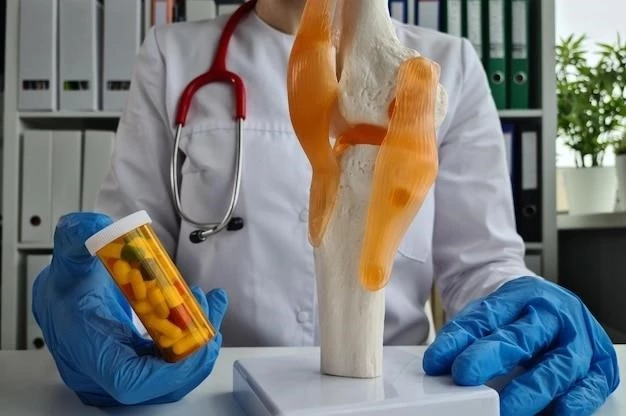Overview of Arthrogryposis
Arthrogryposis is a rare condition characterized by joint contractures at
birth, affecting limb movement.
Definition and Types
There are different types of Arthrogryposis, including Amyoplasia, Distal
Arthrogryposis, and Syndromic Arthrogryposis. Each type presents with
specific joint contractures and varying degrees of severity. These conditions
can impact the arms, legs, and other parts of the body.

Causes of Muscular Dystrophy
Muscular Dystrophy is primarily caused by genetic mutations that affect
muscle proteins, leading to muscle weakness and degeneration over time.
Genetic Mutations
Muscular Dystrophy is linked to mutations in genes responsible for encoding proteins essential for muscle structure and function. These mutations can impair muscle fiber integrity and regeneration, leading to the characteristic muscle weakness and degeneration seen in the condition.
Symptoms of Arthrogryposis
Common symptoms include joint contractures, muscle weakness, limb
deformities, and limitations in range of motion. Each case may vary in
severity.
Physical Manifestations
The physical manifestations of Arthrogryposis can include fixed joints, muscle atrophy, and curved or stiff limbs. These physical characteristics can vary in presentation and severity, impacting the individual’s mobility and daily activities. Early intervention and tailored treatments are crucial for managing these manifestations.
Treatment Options for Muscular Dystrophy
Treatment may involve medications to manage symptoms, physical therapy
to improve muscle strength, and assistive devices for mobility support.
Medications and Therapies
Medications such as corticosteroids can help manage muscle weakness and delay disease progression in Muscular Dystrophy. Physical and occupational therapies are essential for maintaining muscle function and improving quality of life for individuals with the condition. Advanced therapies like gene therapy are also being explored in research settings.
Diagnosis of Arthrogryposis
Diagnosis involves physical exams, imaging tests, and genetic evaluations
to identify joint contractures and determine the underlying cause of the
condition.
Diagnostic Procedures
Diagnostic procedures for Arthrogryposis may include ultrasound scans to assess fetal movements in utero, X-rays to evaluate joint abnormalities post-birth, and genetic testing to identify any underlying genetic mutations contributing to the condition. These procedures help healthcare professionals accurately diagnose and develop appropriate management plans for individuals with Arthrogryposis.
Management of Muscular Dystrophy
Management strategies focus on enhancing quality of life through
physical therapy, assistive devices, and respiratory support as needed.
Lifestyle Modifications
Individuals with Muscular Dystrophy may benefit from lifestyle adjustments such as maintaining a healthy diet, engaging in low-impact exercises, conserving energy, and ensuring a safe environment to prevent falls and injuries. These modifications can help optimize daily functioning and promote overall well-being for individuals living with Muscular Dystrophy.
Prognosis of Arthrogryposis
The long-term outlook for individuals with Arthrogryposis varies based on
the severity of joint contractures and the presence of associated
health conditions. Early intervention and comprehensive care can improve
prognosis;
Long-Term Outlook
The long-term outlook for Arthrogryposis depends on the extent of joint involvement, response to treatments, and the presence of associated complications. Proactive management, including physical therapy and orthopedic interventions, can enhance long-term mobility and quality of life for individuals with Arthrogryposis.
Research Advancements in Muscular Dystrophy
Ongoing studies aim to develop gene therapies, stem cell treatments, and
precision medicine approaches to address the underlying causes of Muscular
Dystrophy and improve quality of life for those affected.
Current Studies and Breakthroughs
Research in Muscular Dystrophy focuses on CRISPR gene editing, exon skipping therapies, and myostatin inhibition to address the genetic basis of the condition. Recent breakthroughs include advances in gene therapy and novel drug development targeting specific muscle proteins, offering promising avenues for future treatment options.
